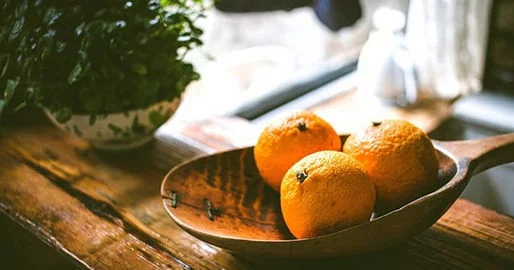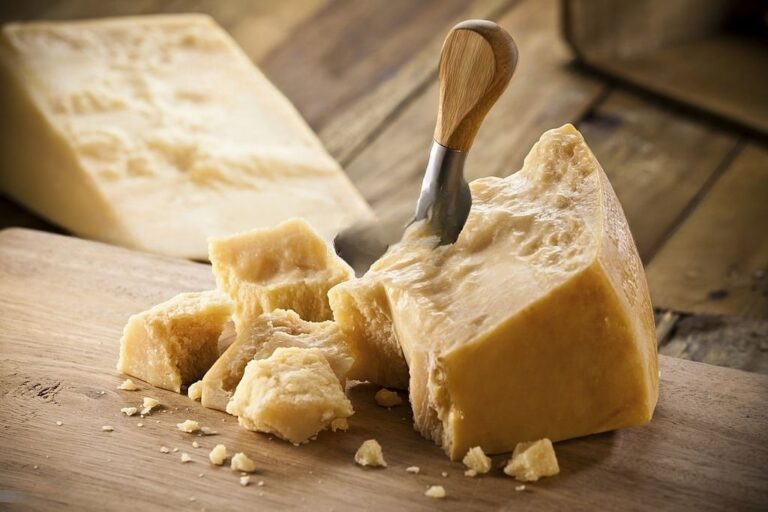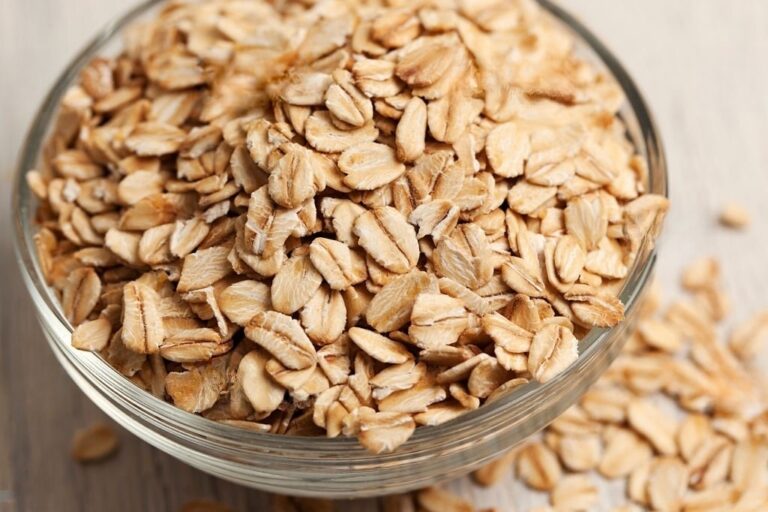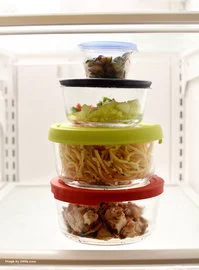A QUICK GLANCE…
Tea bags typically have a shelf life of one to two years, depending on the type and quality of tea. Proper storage in a cool, dry place away from light and moisture can help extend their freshness. However, over time, the tea leaves inside the bags may lose their flavor and aroma, resulting in a less enjoyable cup of tea. It is best to check the expiration date on the packaging and use the tea bags within that timeframe for the best taste and experience.
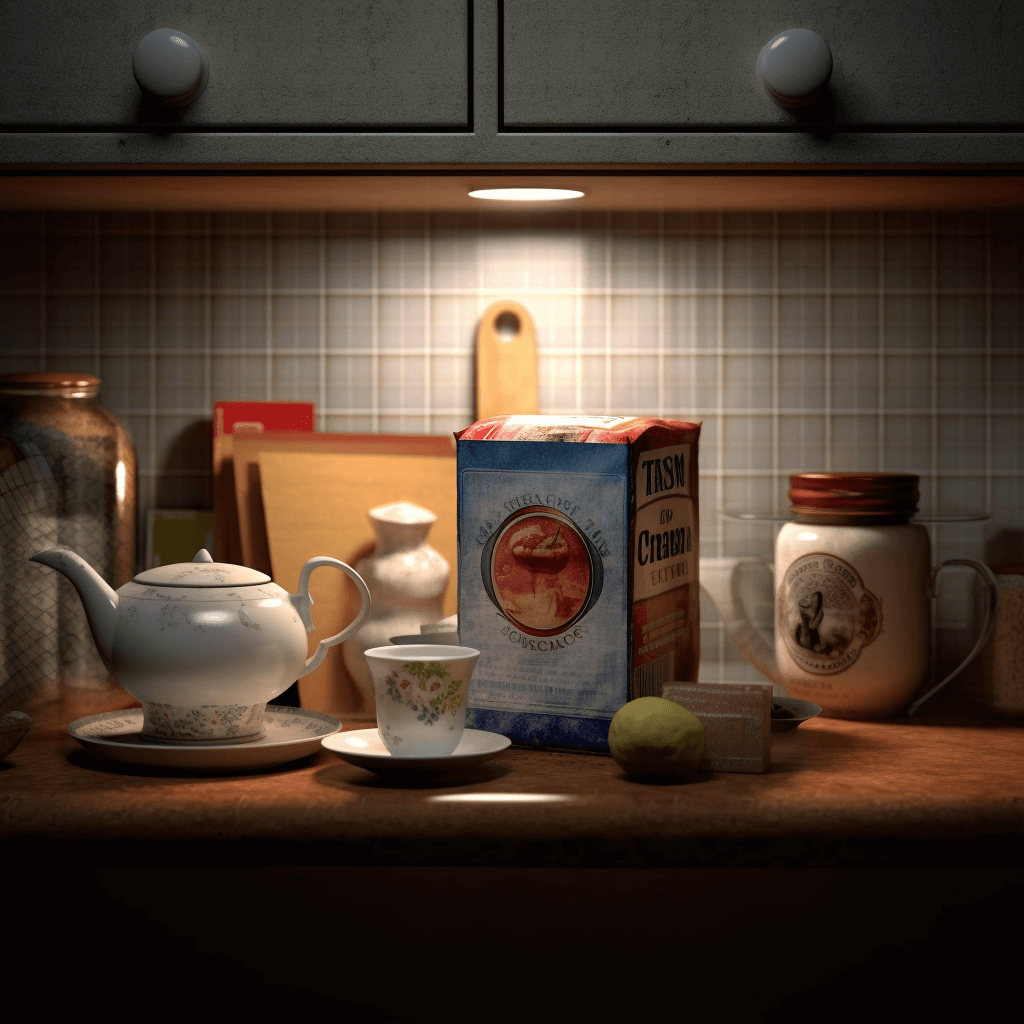
Tea is one of the most popular beverages in the world, and for good reason. Not only is tea delicious, it’s also loaded with antioxidants and has been shown to have numerous health benefits.
But what happens when you buy a pack of tea bags and don’t use them all right away? How long do tea bags last before they go bad?
The answer, as with many things, is ‘it depends.’ There are a number of factors that can affect the shelf life of tea bags, including the type of tea, the storage conditions, and the packaging.
In this article, we’ll take a closer look at what affects the shelf life of tea bags, how to tell if your tea bags have gone bad, and some tips for making the most of your tea bags. So, if you’re a tea lover, keep reading!
Factors Affecting Tea Bag Shelf Life
The factors impacting the shelf life of tea bags include storage conditions, packaging, and moisture levels.
When it comes to storage conditions, tea bags should be kept in a cool, dry place away from direct sunlight and heat sources. Exposing tea bags to temperature fluctuations and moisture can cause them to lose their flavor and aroma, and even develop mold. It’s also important to keep tea bags away from strong-smelling foods, as they can absorb these odors and affect their taste.
Packaging is another important factor that affects the shelf life of tea bags. Most tea bags come in a sealed package that’s designed to keep them fresh for a certain period of time. However, once the package is opened, the tea bags can start to lose their freshness.
To extend the shelf life of tea bags, it’s recommended to transfer them to an airtight container or resealable bag and store them in a cool, dry place. This can help preserve their aroma and flavor for a longer period of time.
Lastly, moisture levels can also affect the shelf life of tea bags. In general, tea bags are best consumed within 6-12 months of their production date or expiration date. However, if they’re stored in a humid environment, they may start to lose their freshness and flavor faster than that.
To prevent this, it’s important to store tea bags in airtight containers and avoid exposing them to moisture.
By taking these factors into consideration, you can help extend the shelf life of your tea bags and enjoy them at their best for longer.
Recommended Storage Methods for Maximum Freshness
To keep your tea tasting its best, make sure you store it properly by following these recommended methods for maximum freshness.
First, consider vacuum sealing your tea bags to prevent exposure to air and moisture. Air and moisture can cause the tea to lose its flavor and aroma, making it less enjoyable to drink. Vacuum sealing will help to keep the tea fresh for a longer period of time.
Secondly, store your tea bags in dark containers. Exposure to light can cause the tea to degrade and lose its flavor. By storing your tea bags in dark containers, you can protect them from exposure to light and maintain their freshness. You can use airtight glass jars or ceramic containers with lids to keep your tea bags safe from light.
Lastly, store your tea bags in a cool and dry place. Heat and moisture can cause tea bags to spoil quickly, so it’s important to keep them in a dry and cool place. Avoid storing your tea bags in areas with high humidity or near sources of heat like a stove or microwave.
By following these recommended storage methods, your tea bags can last longer and maintain their freshness for an extended period of time.
How to Tell If Your Tea Bags Have Gone Bad
You’ll know if your beloved cup of tea has turned bad by looking out for signs of mold or a stale odor, which can be quite disappointing for any tea-lover. It’s important to store your tea bags in optimal storage conditions to prevent them from going stale or getting contaminated.
When storing your tea bags, make sure to keep them away from moisture, heat, and light. Visual cues are also helpful in determining whether your tea bags have gone bad or not. If you notice any discoloration or an unusual appearance in your tea bags, it’s best to dispose of them immediately.
The same goes for tea bags that have been stored for too long. Even if they don’t show any visual cues, they may have already lost their flavor and aroma. To avoid wasting your tea bags, it’s best to use them within six to twelve months after their production date.
This may vary depending on the type of tea and the manufacturer’s recommendation. Always check the packaging for the expiration date or the best before date. By following these tips, you can ensure that your tea bags stay fresh and enjoyable to drink for as long as possible.
Different Types of Tea and Their Shelf Life
When it comes to different types of tea, it’s important to know how soon after purchase you should enjoy your brew. The shelf life of tea varies depending on whether it’s loose tea or tea bags.
Loose tea generally has a longer shelf life than tea bags, which may start to lose their flavor after six months to a year. However, loose tea is more susceptible to air and moisture, so it’s important to store it in an airtight container in a cool, dry place.
Another factor to consider when it comes to tea shelf life is whether the tea is organic or non-organic. Organic tea is free from synthetic pesticides and fertilizers, which can affect its shelf life. Organic tea typically has a shorter shelf life than non-organic tea due to the absence of preservatives. However, organic tea is generally considered to have a fresher taste and is better for your health.
In summary, the shelf life of different types of tea varies depending on whether it’s loose or in tea bags and whether it’s organic or non-organic. It’s important to store your tea properly and consume it within the recommended timeframe to ensure maximum freshness and flavor.
Remember to check the expiration date on your tea packaging and to trust your senses when it comes to determining whether your tea has gone bad.
Tips for Making the Most of Your Tea Bags
If you’re looking to get the most out of your cuppa, don’t toss your tea bags just yet – there are plenty of ways to reuse them!
One of the easiest ways to reuse tea bags is to simply steep them twice. After your first cup of tea, leave the tea bag in the water and let it steep for another few minutes for a second cup.
You can also use the leftover tea bags to make iced tea or add them to a pitcher of water for a subtle flavor.
If you’re feeling creative, there are also plenty of tea bag crafts you can make. Dried used tea bags can be used as sachets to freshen up drawers or closets. You can also cut open the tea bag and use the tea leaves to fertilize plants or as a natural dye for fabric. For a relaxing spa day at home, you can even use tea bags as a soothing eye mask by placing them in the fridge before use.
Another way to make the most of your tea bags is to use them for cooking. You can add used tea bags to soup for added flavor or use them to infuse your favorite desserts, like tea-infused crème brûlée or tea-infused chocolate truffles.
The possibilities are endless when it comes to reusing tea bags, so don’t be afraid to get creative and experiment with different ways to use them. Not only will you be cutting down on waste, but you’ll also be getting the most out of your tea bags.
Conclusion
Overall, it’s important to keep in mind that tea bags do have a shelf life, but it varies depending on a variety of factors such as storage conditions and the type of tea.
To ensure maximum freshness and flavor, be sure to store your tea bags in a cool, dry place away from direct sunlight and moisture.
And if you’re ever unsure if your tea bags have gone bad, trust your senses and give them a sniff and taste before brewing.
But don’t worry too much about the shelf life of your tea bags – it’s more important to focus on enjoying your cup of tea and experimenting with different flavors and brewing methods.
Whether you’re a die-hard tea drinker or just starting to explore the world of tea, there’s always something new to discover and savor.
So brew up a cup of your favorite tea, sit back, and enjoy!
